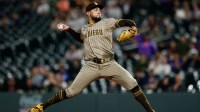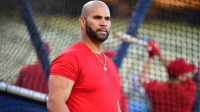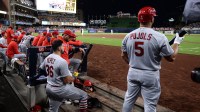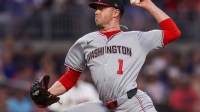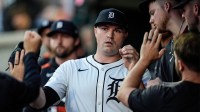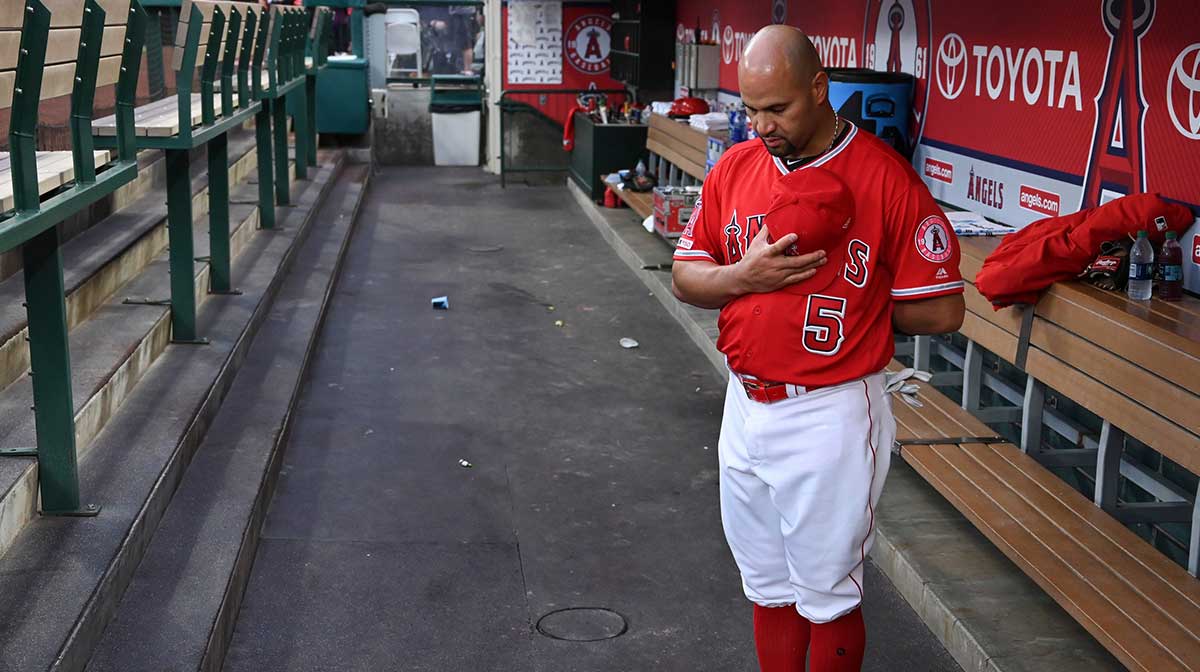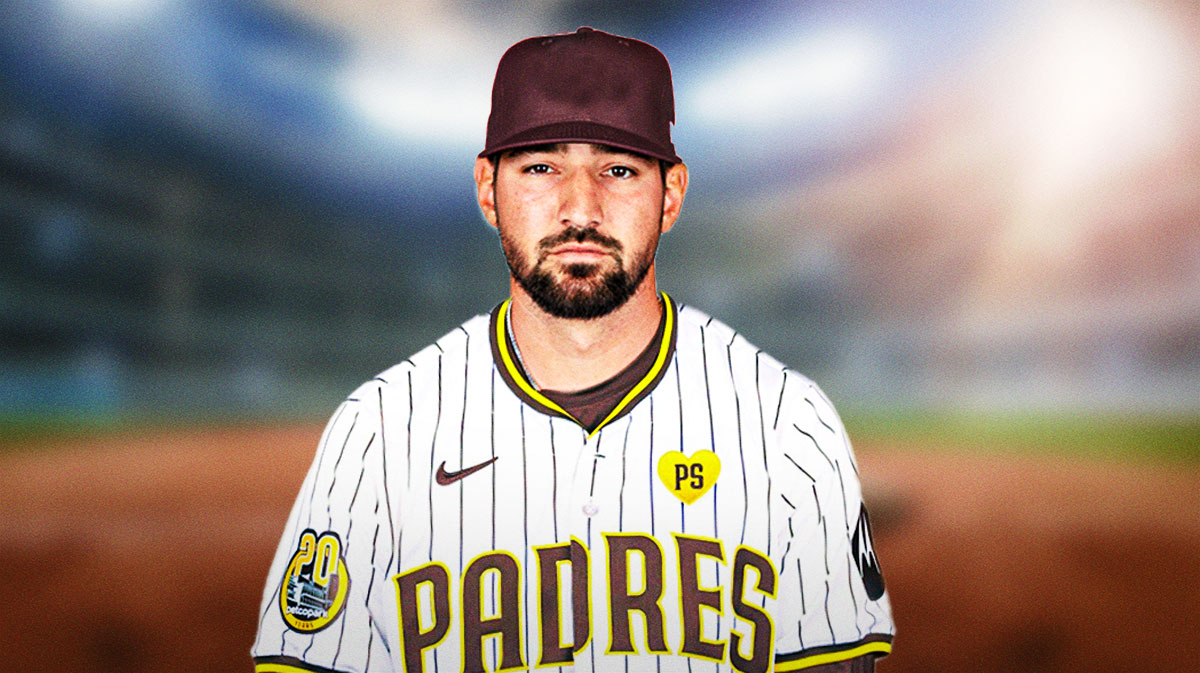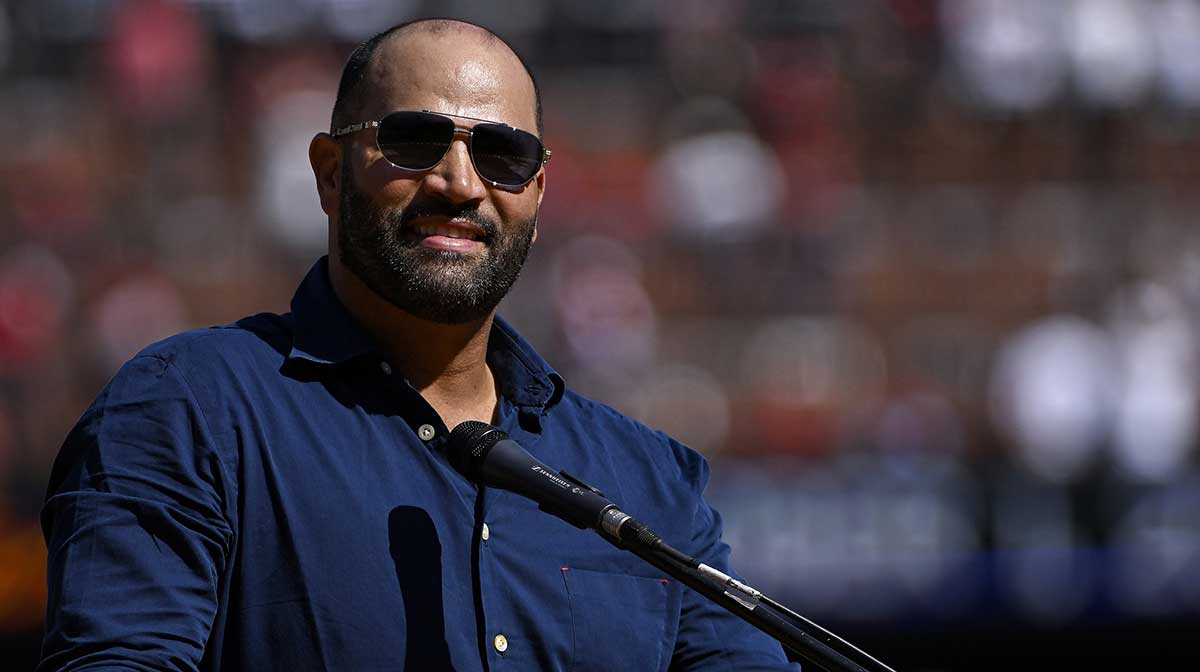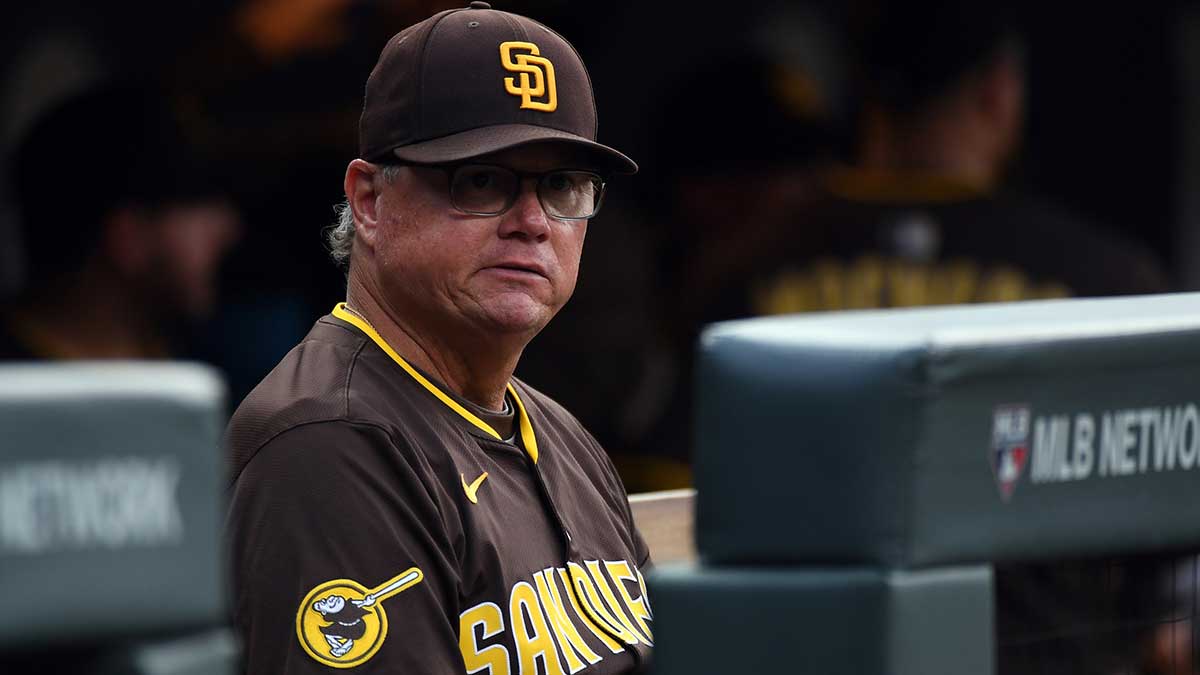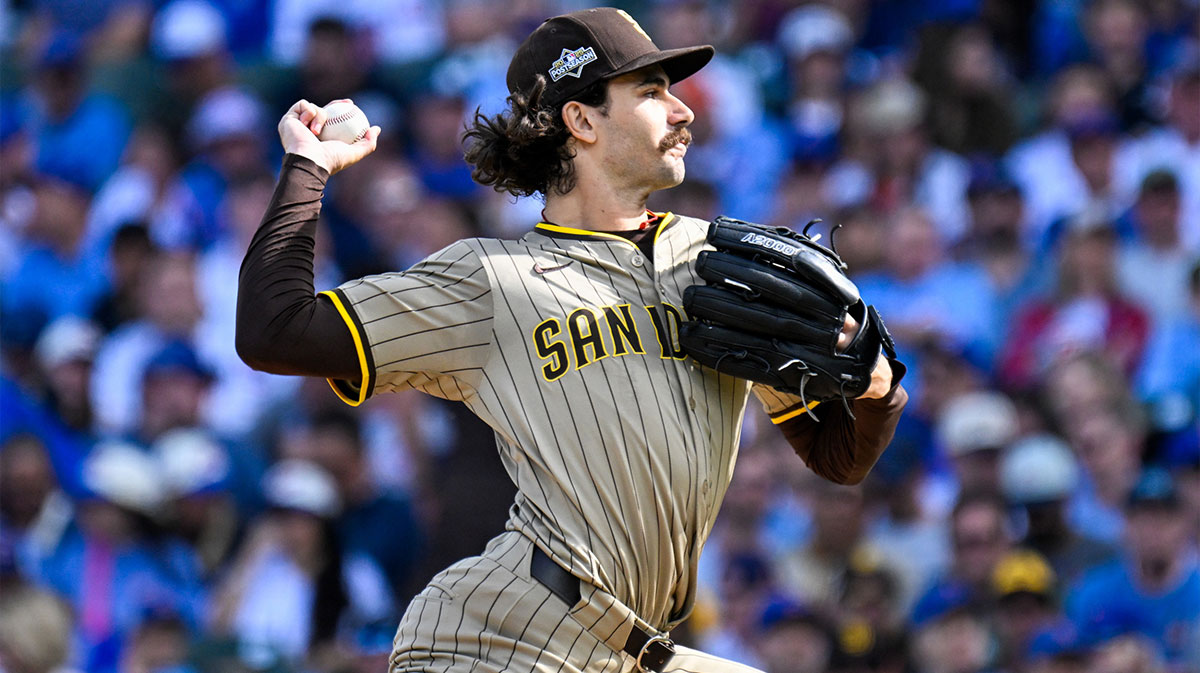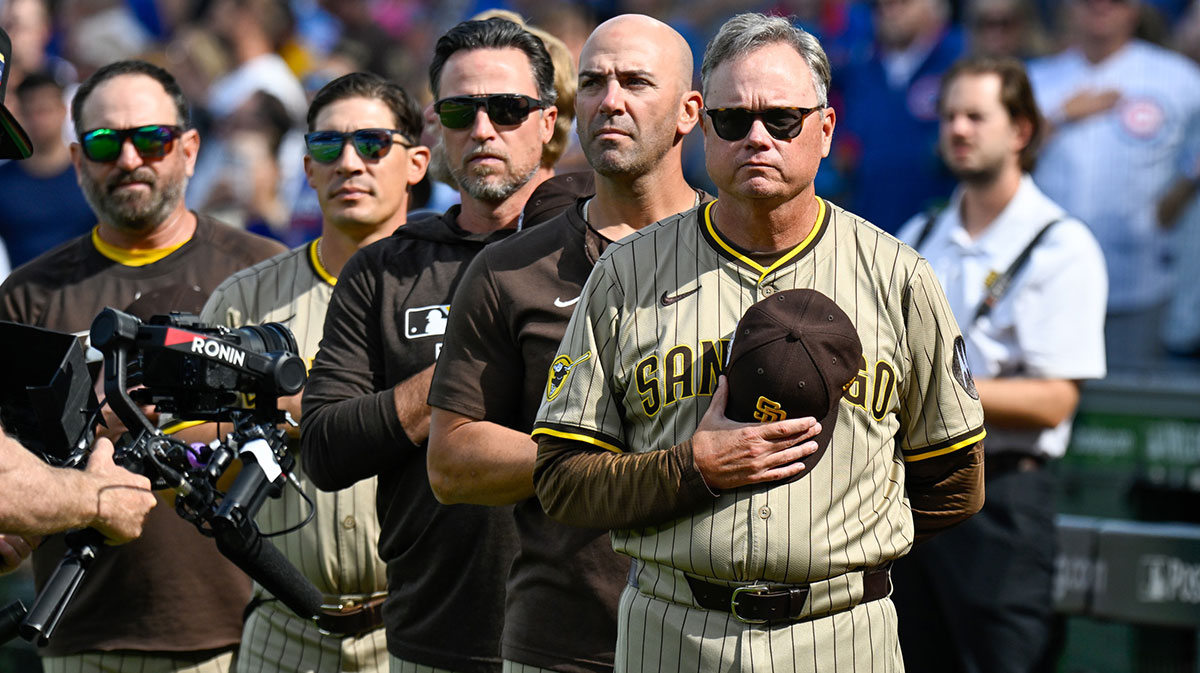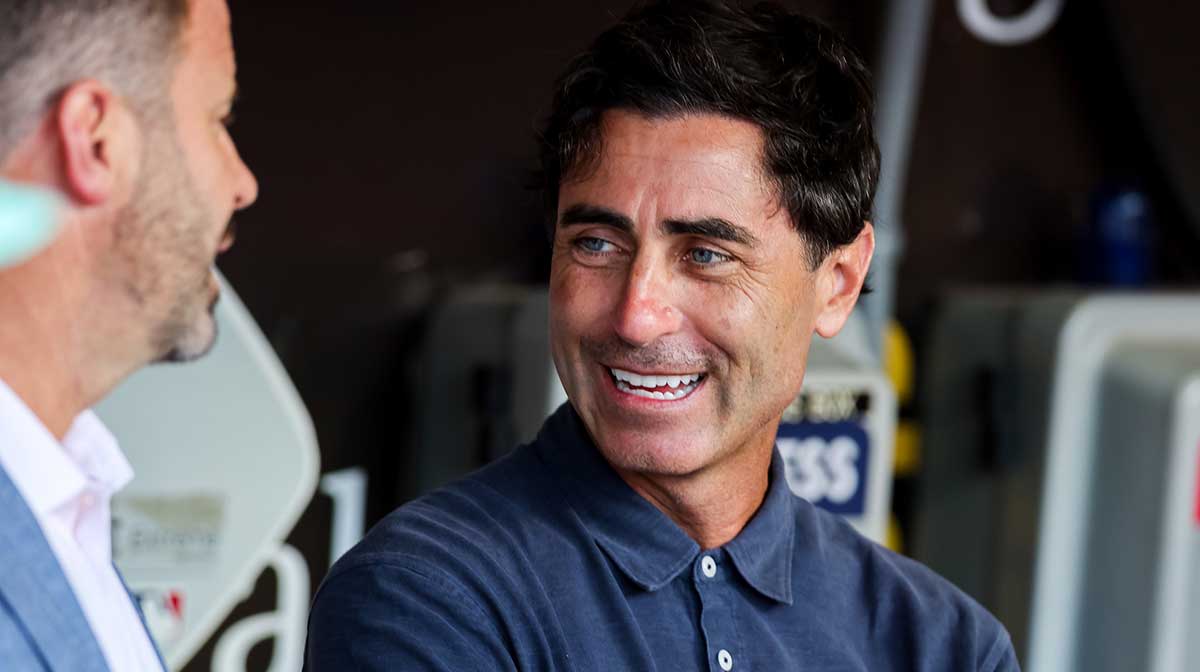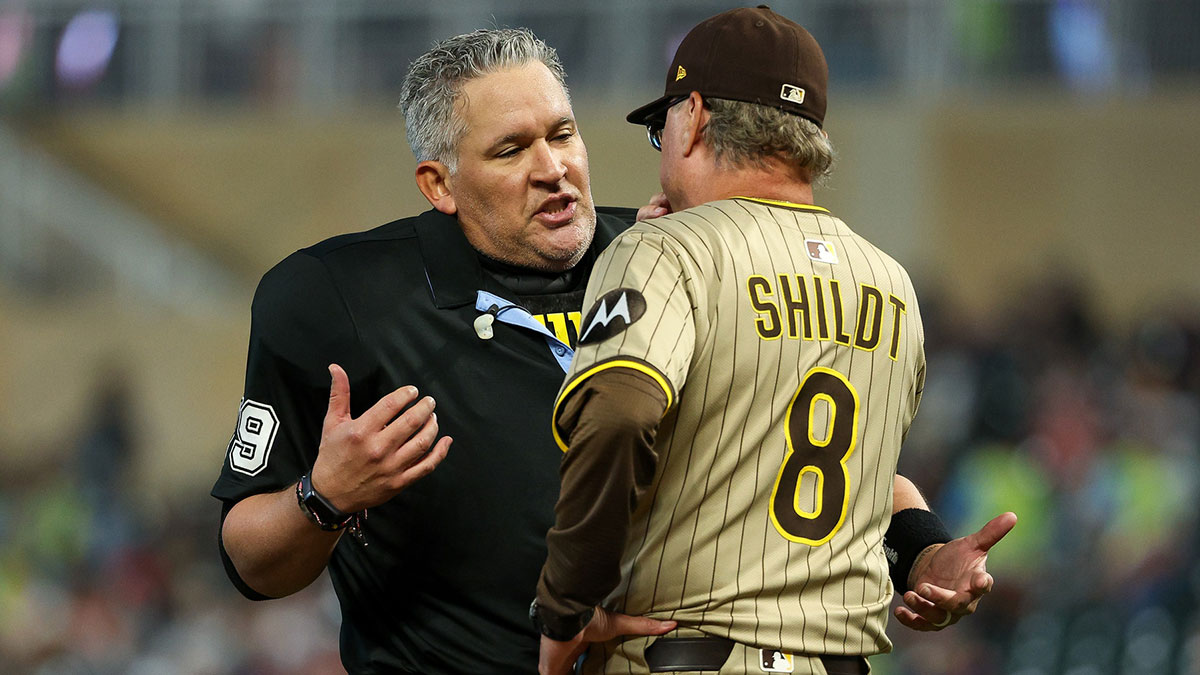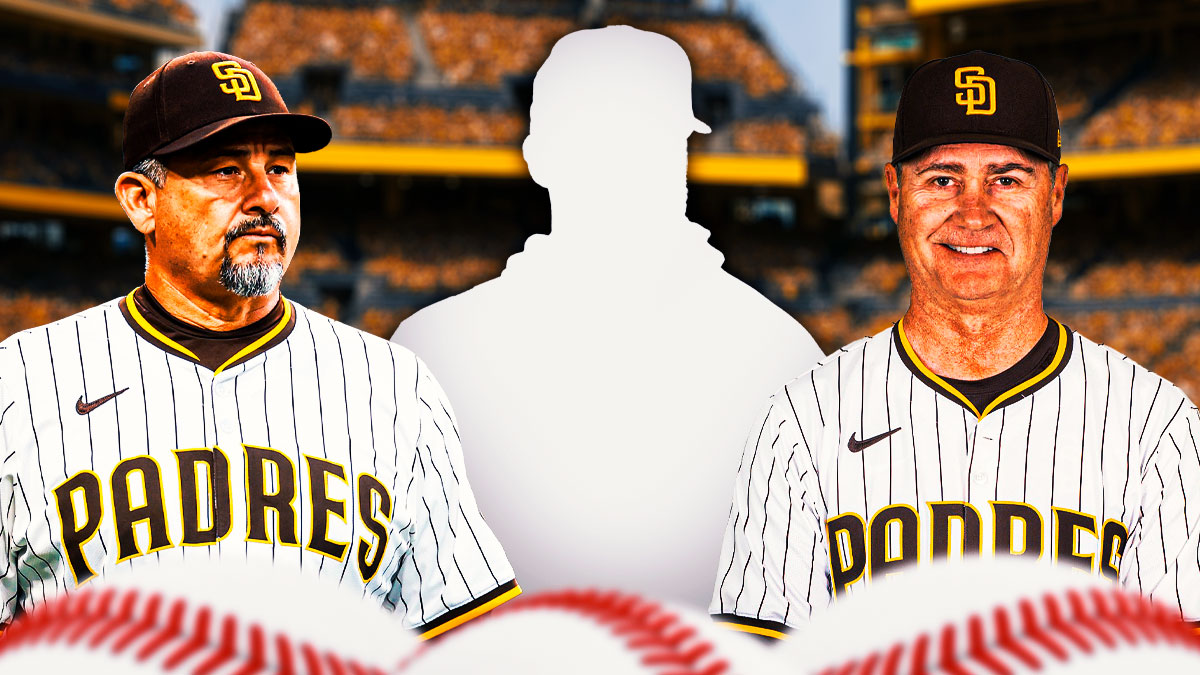When the San Diego Padres signed superstar infielder Manny Machado to a 10-year, $300 million deal in free agency this offseason, it was very clear that general manager A.J. Preller was making a determination in the team's effort to win as they rebuild.
The Padres had already possessed the best farm system in major league baseball, with guys like Fernando Tatis Jr., MacKenzie Gore, Luis Urias, Francisco Mejia and Luis Patino as just some of the notables in San Diego's pipeline. Machado–still just 26–was seen as a perfect fit for this youthful identity that Preller had helped create, and would be the cherry on top of a team that already had one of the brightest futures in the game.
Yet while Tatis has already made his mark and Gore continues to be a person of very special interest in assessing San Diego's pitching staff, right-hander Chris Paddack has emerged as arguably the most important piece in the Padres' winning aspirations this season.
Early indications
Paddack had a tremendous minor league track record since being drafted by the Marlins in 2015. After coming over to San Diego in a 2016 trade involving reliever Fernando Rodney, Paddack dominated Class-A ball before missing all of 2017 due to Tommy John surgery.
While it can take time for many young players to recover from such an injury, Paddack seemed to emerge even stronger than he was before. He continued to tear up High-A ball before making the move to Double-A, where he posted a 1.91 ERA in seven starts and had just under a 9.0 K/9 with the San Antonio Missions.
Initially, Paddack was merely just one piece of a Spring Training roster that also showcased Tatis as well as the debut of Machado in a Padres uniform. However, he quickly commanded the spotlight, starting five games and posting a 1.76 ERA along with an otherworldly 14.1 K/9 against an accumulation of big-league talent and fellow minor leaguers.
One of the most pertinent questions surrounding San Diego's young squad was the strength of the starting rotation. Joey Lucchesi and Eric Lauer had proven that they could be capable arms at the top of the rotation, but the Padres seemed to lack depth and confidence in the rest of the starters filling out the staff.
Given Paddack's dominance at every step in the minor leagues as well as his tremendous showing in Spring Training, the decision was made to insert him into the starting rotation at the beginning of the regular season, giving the 23-year-old his first taste of action in the bigs. Thus far, that decision has paid off many times over.
Not just succeeding, but dominating
Although young pitchers sometimes have a tendency to experience a major drop off after a quality start, that has hardly been the case with Paddack.
He pitched five strong innings in his debut, giving up just two hits and one earned run in a win over the San Francisco Giants. And although he was pulled after just 3 2/3 innings of work in his second start, he only gave up one hit and one run (unearned).
Paddack's last two starts have been brilliant. He threw six innings of three-hit ball against the Cincinnati Reds on Apr. 18, taking the loss despite surrendering just three runs (all of which came off of homers). And in his fifth start against the Seattle Mariners–the highest-scoring team in baseball–on Apr. 24, Paddack tossed his best game of the season.
The former eighth-round selection threw seven innings of one-hit ball, allowing just one hit and walking one while striking out nine. Whereas his prior starts ended partially due to high pitch counts, Paddack was more efficient against the Mariners. He threw 83 pitches, 59 of which for strikes, and had Seattle hitters off-balance all game.
Paddack has seemed to gain a growing command of the strike zone while still retaining his strikeout rate and really only allowing soft contact, which bodes extremely well for a young pitcher with his stuff.
Already a star?
Plenty of starters struggle to find the balance between a dependency on the fastball and a lack of effectiveness with the off-speed pitches. That has not been the case with Paddack.
With only three pitches in his arsenal, Paddack has shown a tremendous ability to mix in a devastating changeup to both sides of the strike zone, registering a 3.3 pitch value with the change, according to Fangraphs. While he has yet to find rhythm with a curveball that only hovers around 75 mph (which may necessitate adding another breaking ball to the arsenal), his command and approach on the mound have resembled that of a grizzled veteran, rather than a 23-year-old rookie.
The remarkable consistency of Paddack's results is something truly special to watch. With the Padres struggling to scratch out runs, San Diego has gotten a number of quality starts from the rotation to set up for a lockdown bullpen in the middle and late innings.
Machado is still the cruz of this Padres team, and Tatis Jr. may just be scratching the surface of his full potential as a superstar in the league.
But at the center of this journey has been Paddack, who may have the kind of arm talent that San Diego so desperately needs if they hope to make a legitimate playoff run this season.


